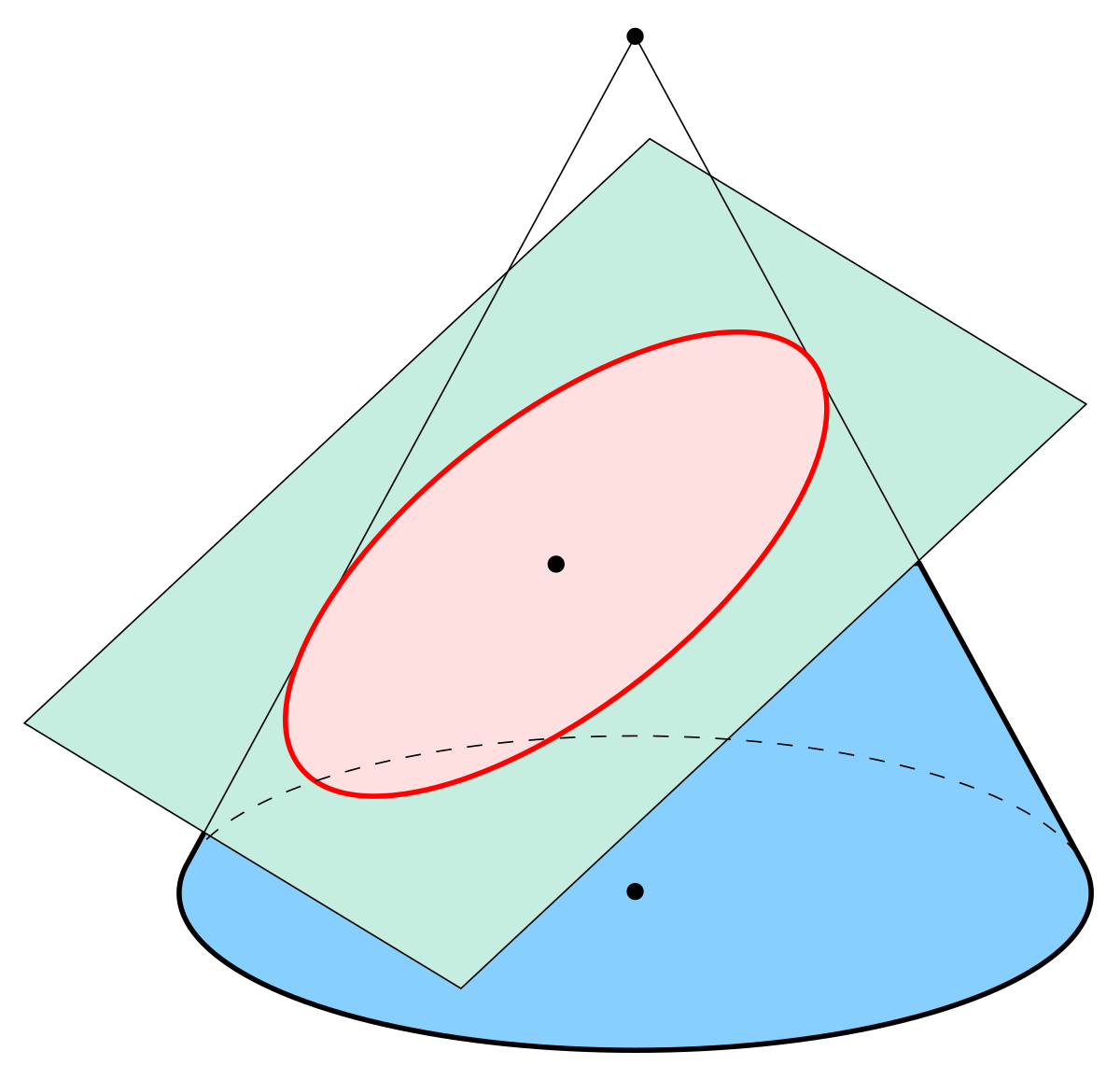I've been looking to clone the Revel Performa F52. I have a pic of the drivers. I was wondering if anyone could identify.
I see the tweeter has a custom waveguide attachment. Not too worried about that, just what tweeter it may be.
Some or all of them may be exclusive OEM stuff for Revel, but there may be something similar.
Pic attached.
I see the tweeter has a custom waveguide attachment. Not too worried about that, just what tweeter it may be.
Some or all of them may be exclusive OEM stuff for Revel, but there may be something similar.
Pic attached.





 I've about got it. The smoothing however will require some fudge factor.
I've about got it. The smoothing however will require some fudge factor. 
Comment